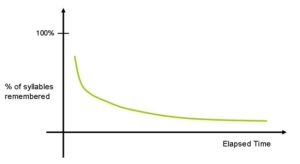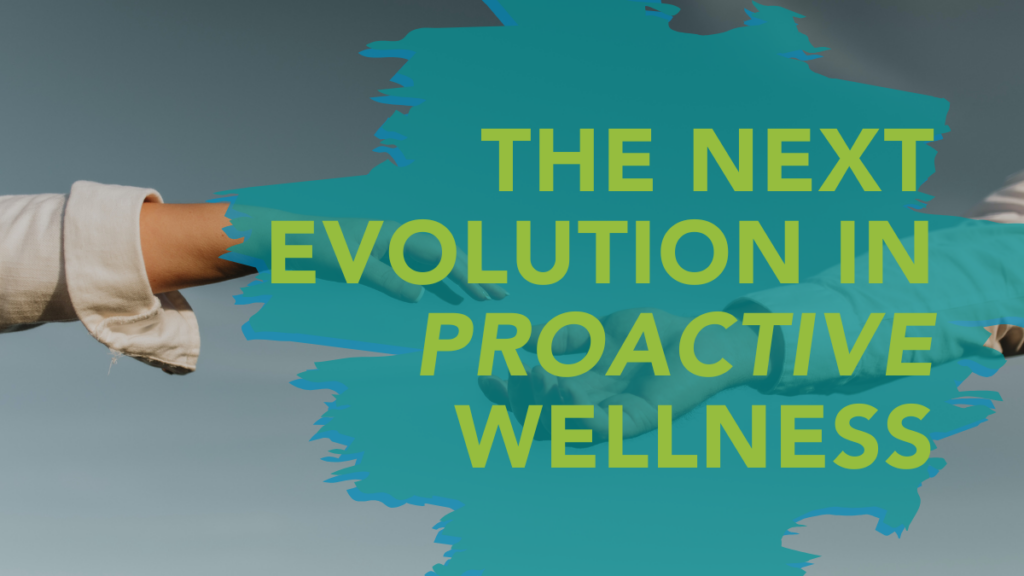How to Develop Goals for Your In-Service Learning Management System
Posted
March 14, 2019
Share:
Training doesn’t have a sterling record in the business world. Studies have found that after one hour, people forget more than 50% of a lesson.
This isn’t necessarily new information, either. In the 19th century, German Psychologist, Hermann Ebbinghaus, published research demonstrating “The Forgetting Curve.” He found that humans forget 40% of what they learn within 20 minutes.

After 9 hours, we’ve forgotten about 64%.
And yet we continue to train because we continue to uncover new approaches and new skills that can be critical to influencing how we work. The act of training itself isn’t falling short as much as the tools we use to deliver and reinforce it.
Organizations use Learning Management Systems (LMS) to provide training to their employees at scale. This software is often deployed using a Software-as-a-service (SaaS), or online training, model. Which means you and your team can access the software in the field, at your desk, or at home, without losing momentum.
Know What You Want from Your LMS
Before transitioning to a new LMS, or choosing one for the first time, it’s important to articulate exactly what you hope to get from it. SMART is a helpful framework for goal-setting that’s probably familiar. SMART stands for Specific, Measurable, Relevant, and Time-Bound.
For example, a SMART goal could be:
- 100% of patrol officers will have completed the revised Use of Force training by May 12, 2019.
- By 2021, new de-escalation training will reduce citizen complaints by 25%
If you find you can’t execute against your goals with your current system, work with your team to find out why. Is it due to software limitations or something else? This will help you identify which features will be most important to your team should you choose to implement a new or different LMS.
What to Ask Before You Start Goal-Setting
Once you’ve decided to pursue an LMS, create a rubric to guide your decision making. It should reflect your goals for the system, as well as any internal or external mandates your agency must comply with.
Support the certification of your officers
Certification is a critical part of an officer’s career. For better or worse, many advances in technology entail a certification process: breathalyzers, TASERS, firearms. The list goes on. This can make staying compliant feel like a full-time job, a responsibility that’s only exacerbated by outdated tools like desktop spreadsheets. An LMS can automate much of this process, thus reducing your overall department risk of under-delivering on training (and increasing your exposure to liability) while improving the training experience for your officers. Leveraging this automation lets you comfortably co-exist with the complexity of maintaining certifications across your entire department.
Reduce the burden of data management (literally…and figuratively)
 Binders are no one’s friend. Especially when you’re trying to deliver crucial training in use of force or active shooters. Using an LMS lets you deliver courses to your team through a centralized digital classroom that’s easily maintained by your trainers. This enables your department to stay nimble in understanding how to respond to emerging threats while maintaining best practices in other areas.
Binders are no one’s friend. Especially when you’re trying to deliver crucial training in use of force or active shooters. Using an LMS lets you deliver courses to your team through a centralized digital classroom that’s easily maintained by your trainers. This enables your department to stay nimble in understanding how to respond to emerging threats while maintaining best practices in other areas.
Confidently review status updates on the progress of officer training
When a salesperson misunderstands or fails to adopt tactics from a coaching session, the worst-case scenario is some prospect enduring a bad pitch. For police officers, the consequences are high-stakes. Using an LMS provides your leadership team with a single view into training adoption and progress. This is especially useful during accreditation processes like the one offered by CALEA, or when maintaining training standards mandated by the state or POST.
Minimize your department’s exposure to risk
If an officer’s performance is ever scrutinized by a third-party external to your department, the last thing you want is gaps in training data (or people data in general). An LMS allows you to easily generate documentation that shows a holistic view of the your officer’s training history, which you can refine to only include data relevant to the case in question. This ease of reporting extends to any request for officer records like those solicited under FOIA.
Provide your officers with the tools to continuously hone and learn important skills
Perhaps most important, an LMS provides the digital infrastructure your officers need to perform at their best. It also provides you with the insight you need to shape future training goals based on performance or knowledge gaps that reveal themselves through your department’s data.
Which Features Support Your Goals?
Once you have the goals for your LMS documented, you can start to identify which features and functionally you’ll need to support them. Here are some examples of options you’ll encounter:
- Tracking adoption and training activity
- Reporting on compliance and officer performance
- Integrations with other technology you use to track Use of Force, Community Engagement activities, as well as performance evaluation
- SCORM (Sharable Content Object Reference Model) Compliance, which is a content development standard used by training providers; this is especially important if you rely on a lot of third-party content for training
- User interface (how does it look to your learners and trainers, and how easy is it to use?)
As you think about your current training resources and how you’d like to see them evolve in the coming years, consider whether or not they can support SMART goals to the same degree an LMS can. If not, it’s likely time to consider a new solution.
Related Posts
Ready to Experience the Benchmark Difference?
Benchmark Analytics and its powerful suite of solutions can help you turn your agency’s challenges into opportunities. Get in touch with our expert team today.



